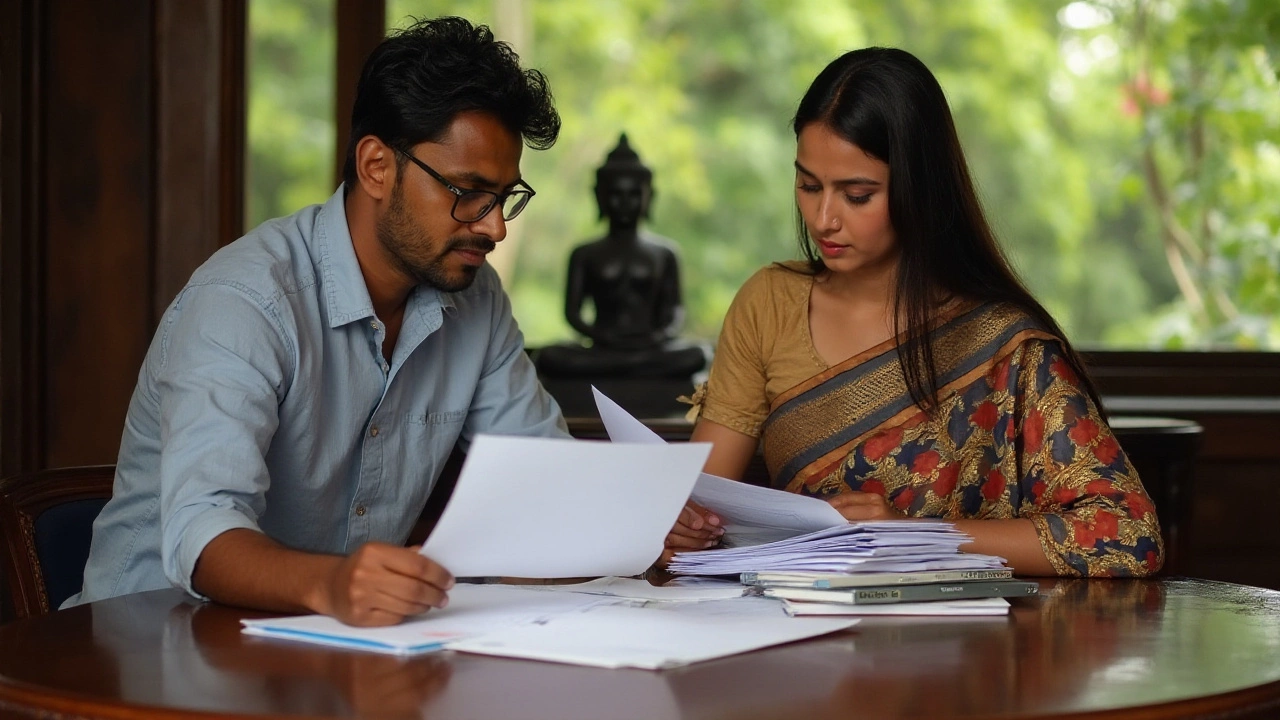Probate Made Simple: What You Need to Do When a Loved One Passes
Someone you care about has died and left a will. Your first question is probably, “How do I start the probate process?” Don’t worry – it’s not as scary as it sounds. In most cases you’ll just need to file a few forms, notify the court, and start gathering the assets. This guide walks you through each step in plain language, so you can keep things moving without getting stuck.
Step 1: Locate the Will and Notify the Court
The very first thing you should do is find the original will. It’s usually kept in a safe place, with a lawyer, or in a family safe deposit box. Once you have it, file it with the local probate court. You’ll need to fill out a “petition for probate” form, which asks for basic details about the deceased, the executor named in the will, and any heirs. Most courts let you upload the documents online, so you can avoid a trip to the clerk’s office.
Step 2: Gather Assets, Pay Debts, and Distribute the Rest
After the court accepts the will, the executor gets legal authority to manage the estate. That means pulling together bank statements, real‑estate deeds, and personal belongings. Next, you’ll pay any outstanding debts – credit cards, medical bills, taxes – before dividing what’s left. If the will names specific gifts, follow those instructions. Anything not mentioned goes to the legal heirs according to the law. Keeping a clear spreadsheet helps you stay organized and shows the court you’ve handled everything properly.
Sometimes the probate court will ask for a “bond” to protect the estate’s value. Think of it like insurance for the executor’s actions. If the estate is small (often under a certain threshold set by state law), you can skip the bond entirely. Check your state’s rules to see if you qualify.
One common mistake is waiting too long to file the probate petition. Most states have a deadline – usually within a few months of death – and missing it can cause extra fees and delays. Set a calendar reminder as soon as you learn about the death, and get the paperwork started right away.
If you’re unsure whether probate is needed, you might have “non‑probate” assets. These include life insurance payouts, retirement accounts with a named beneficiary, and property held in a living trust. Those bypass the court and go straight to the beneficiary, which can save a lot of time and money.
When the executor finishes paying debts and distributing assets, they file a final accounting with the court. The judge reviews it, makes sure everything’s in order, and then issues an order closing the estate. Once that’s done, the executor can sign off on any remaining paperwork and the process is complete.
While probate can feel overwhelming, breaking it into these clear steps makes it manageable. If you hit a snag – like a dispute among heirs or a missing asset – it’s wise to consult a probate attorney. They can help you navigate tricky legal waters and keep the court happy. Remember, the goal is to honor the deceased’s wishes and protect the interests of everyone involved.
Got more questions about probate? Our resources cover everything from dealing with contested wills to filing probate without a will. Dive into those guides or drop a comment below – we’re here to help you get through this tough time with confidence.

Understanding Probate-Exempt Assets in Virginia Wills
Navigating the probate process in Virginia can be perplexing, especially when it comes to understanding which assets are exempt. Certain assets bypass the probate process, offering beneficiaries a smoother transition. This article lays out key information about non-probate assets in Virginia, shedding light on types of accounts, jointly-owned properties, and trust assets. It also offers practical tips for properly structuring an estate to minimize potential legal hurdles.